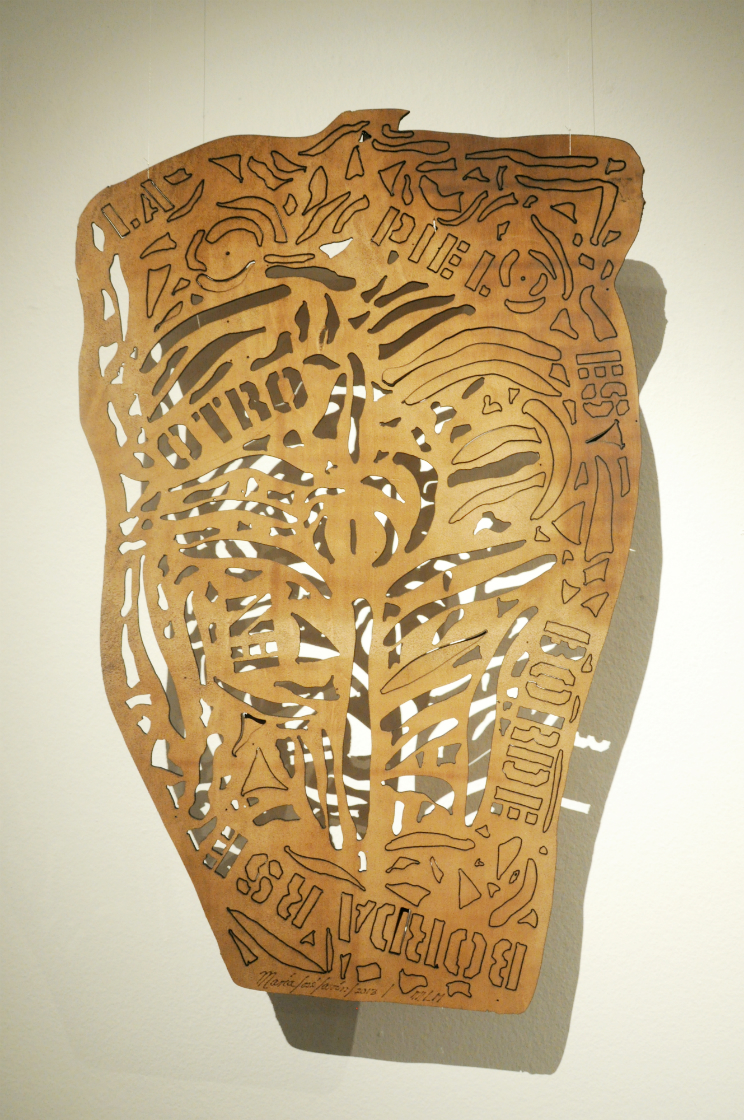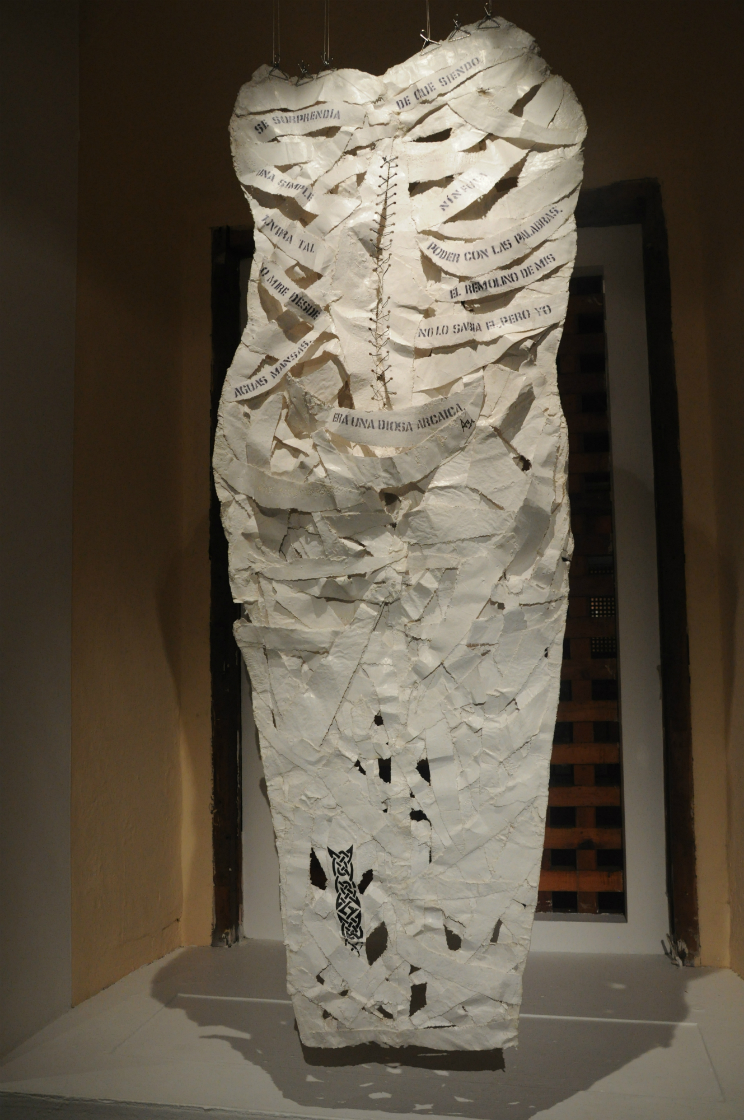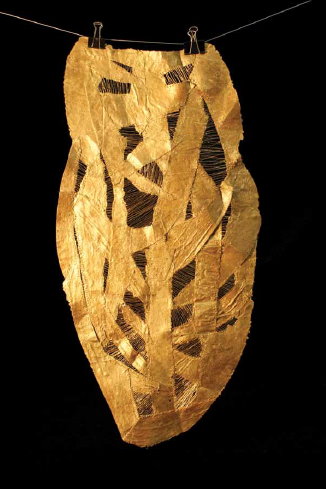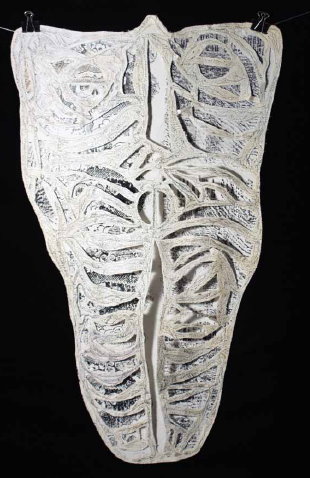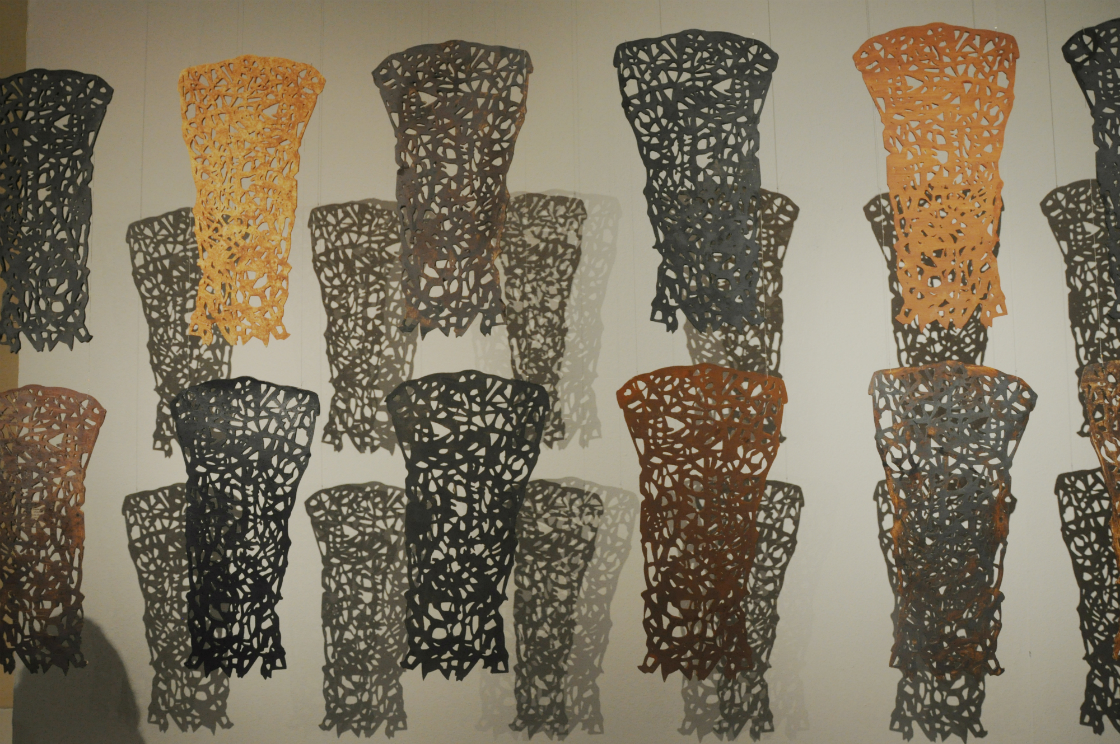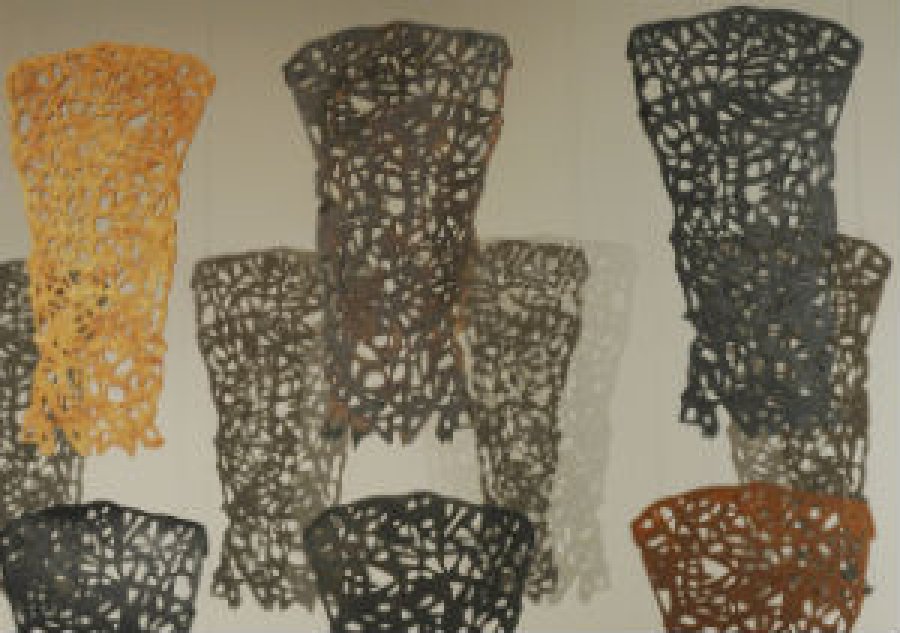María José Lavín
María José Lavín is a Mexican artist and sculptor. Her work consists in different themes, and among the materials that she occupies are felt, mud and plaster.
The woman is seen from within, by herself; resigning herself to Venus.
A revival, or symbolic recovery of the past, the classic image is recovered in the postmodernity. It’s all about translating the languages together, working with them to find a new syntax of the form. Venus symbol of love and fertility has been recreated again and again in the sculpture, looked only at by the man. But the symbols of love and fertility can no longer be represented in the same way.
The propagation of the lineage has changed in these times of hedonism (as the philosopher Lipovetsky would say in The Vacuum Age), pleasure is preferred to the sacrifice of care and the time to be devoted to the progeny. In the context of postmodern life, the body of a woman, in addition to being a remnant, of being objectified, also disintegrates.
Venus today is a form where what matters is primarily sex, the place of pleasure par excellence. That is why today’s Venus cannot have the density of other times should give the feeling of volatility. They are times of moving, of need of wind, of territories of skin torn, violent, fragile, empty...
We were given the idea of beauty that the classical sculptures were white, when in fact they were polychrome. The plaster bandages, in turn, have a condition of transient existence and at the same time of immobility and healing.
María José Lavín
María José Lavín is a Mexican artist and sculptor. Her work consists in different themes, and among the materials that she occupies are felt, mud and plaster.
The woman is seen from within, by herself; resigning herself to Venus.
A revival, or symbolic recovery of the past, the classic image is recovered in the postmodernity. It’s all about translating the languages together, working with them to find a new syntax of the form. Venus symbol of love and fertility has been recreated again and again in the sculpture, looked only at by the man. But the symbols of love and fertility can no longer be represented in the same way.
The propagation of the lineage has changed in these times of hedonism (as the philosopher Lipovetsky would say in The Vacuum Age), pleasure is preferred to the sacrifice of care and the time to be devoted to the progeny. In the context of postmodern life, the body of a woman, in addition to being a remnant, of being objectified, also disintegrates.
Venus today is a form where what matters is primarily sex, the place of pleasure par excellence. That is why today’s Venus cannot have the density of other times should give the feeling of volatility. They are times of moving, of need of wind, of territories of skin torn, violent, fragile, empty...
We were given the idea of beauty that the classical sculptures were white, when in fact they were polychrome. The plaster bandages, in turn, have a condition of transient existence and at the same time of immobility and healing.


